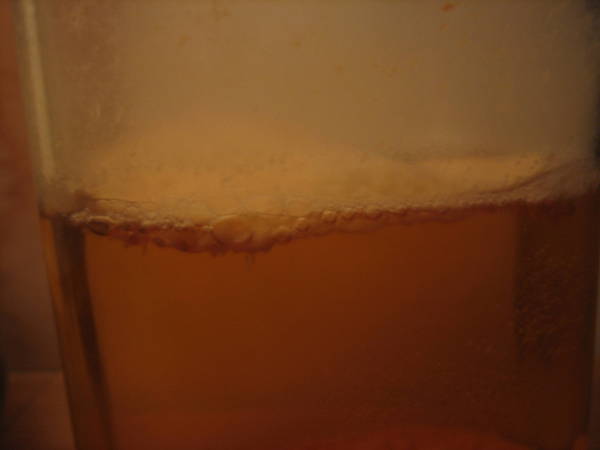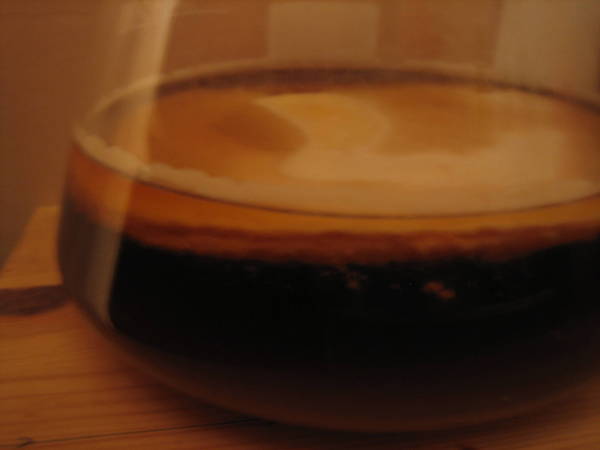Two more things:
1. Should I be concerned taking a gravity reading of either test batch and contaminating my hydrometer test cylinder?
2. Should I avoid tasting the 2.5 PH starter wort due to the fact of what I've got growing in it?
You should always be concerned regarding contaminations, do you have a plastic measurement cylinder, or a glass one? Glass is easier to clean, you might want to use something like a tall pilsener glass or something like that if you think you will be better off.
I never worry so much, since what I put in that cylinder is not going anywhere but in my mouth or down the drain. Once in a while I clean the cylinder with NaOH (drain declogger, Lowes) which is extremely caustic and aggressive (beware) and totally cleans/sanitizes the cylinder. I am more cautious about my lines (hoses) and use a separate set for wild stuff.
Regarding the pH 2.5 beer, I do not think it will be dangerous per se to drink, just horrible tasting perhaps. If it tastes bad spit it out and wash your mouth with water, and decontaminate by drinking a beer
It can take a while before a beer like that becomes palatable, but that is not set in stone.




